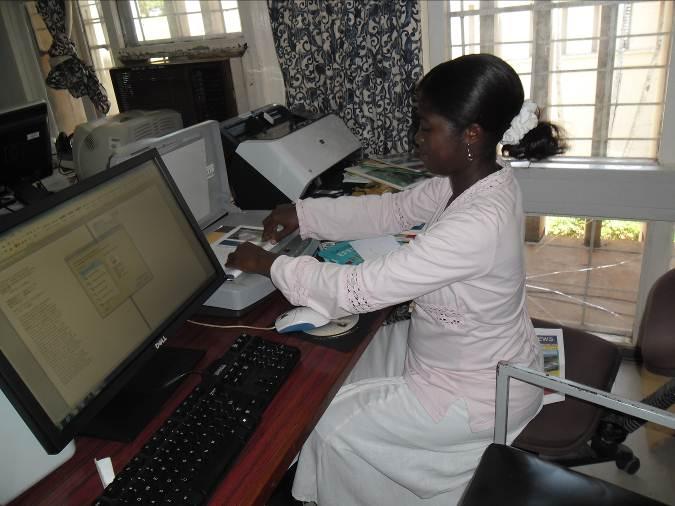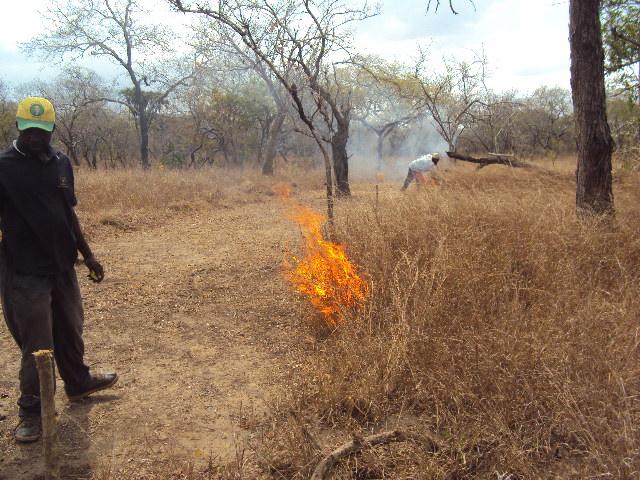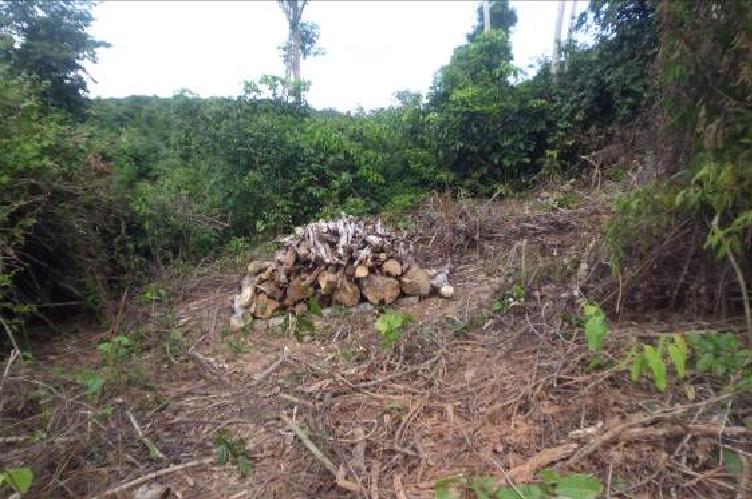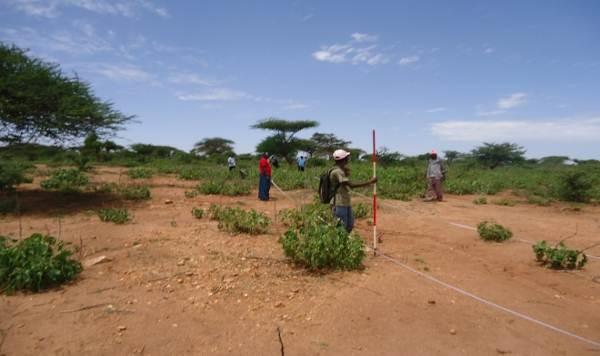At a communication workshop for EPINAV and CCIAM in May 2012 it was decided to establish a group of "Communication Champions" who would assist the two programmes in their communication activities. Since then this group of champions have written a series of short articles on selected EPINAV projects. More stories will follow inthe future so make sure to follow this page regularly.

Good governance - key to local government in implementing REDD
By Collin Kimaryo

Local Government Authorities (LGAs) are responsible for the provision of wide-ranging public services including environmental protection, forest conservation and development incentives, among others. But the key challenge for such incentives is governance. In 2010, having realized the potential role of LGAs and the key challenge in front, the research project titled “The role of local government in implementing REDD” was kick started. It aims to assess the current role of LAGs in relation to forest conservation and governance of “Reduced Emissions from Deforestations and Forest Degradation” (REDD) initiative in Tanzania.[Full Story]
Finding ways to build REDD+
By Cecilie Dyngeland

Cutting down forests contributes to climate change. REDD+ is an international program which tries to tackle this practice, and Tanzania is part of the process. Universities like SUA are assisting in this and asking themselves “How best should REDD+ be built to ensure for sustainable development?”. The project “REDD Architecture in Tanzania: Assessment of REDD options for Livelihood Security and Sustainable Development” is looking at different ways of managing forest in Tanzania, and how it would work to add the REDD + structure on top of these management systems.[Full Story]
Economic Valuation of Climate Change Impacts, Vulnerability and Adaptation in Tanzania
By Andrew Msungu

Securing long term climate change mitigation continues to be a global problem and the magnitude of the problem is very profound in developing countries where the majority is poor, confronted with food insecurity and highly natural resource-dependent. [Full Story]
Non Timber Forest Products to deal with Climate Change in Tanzania
By Cecilie Dyngeland

Over 20 million Tanzanians depend on Non Timber Forest Products (NTFPs) for their livelihood. One CCIAM project is looking into how NTFPs as part of peoples´ livelihood strategy is connected to climate change, so that this information can be spread and forest dependent people can more easily adapt to the effects of climate change. [Full story]
Incentives to preserve forests in REDD projects
By Elli Borge

One of the main ways to combat climate change is by conserving forests. In Tanzania, where forest resources are so important to communities, how can we ensure that communities can afford to keep the forests intact? In Kilosa and Singida districts a research project is looking into which local structures and incentives are needed to make the management of forests sustainable. [Full Story]
Information for Better Environment
By Ester Ernest

It does not matter how well the research was done if the findings (information) didn’t reach the intended users in this case scientific community, policy and decision makers, civil societies, environmental managers and local communities, it becomes useless. The question is how should this be archived?[Full Story]
The role of indigenous knowledge in environmental conservation
By Msofe Grace

Indigenous knowledge is one of the greatest assets of a community. In a time when the climate is changing this knowledge can help them to adapt to these changes and control the environment around them.[Full Story]
Developing fire reduction strategy for Miombo woodlands as a potential tool for carbon storage and sequestration
By Sambala Grace

Every year wildfires destroy considerable forest resources in Tanzania. Such destruction includes both timber and non-timber forest products and in some cases threatens residential areas. [Full Story]
Forests are disappearing in coastal Tanzania
By Pamela Levira, Sylivester Chaisamba

Over the last 30 years, the major coastal forests in Tanzania have disappeared by more than 30% due to human activities. This can make the Tanzanian coast more vulnerable to climate change and reduce the forests capacity to take up carbon. [Full Story]
Climate change, rangelands and agro-pastoral communities in Tanzania
By Siwel Nyamba

Adverse environmental degradation has been witnessed in the western, semi-arid rangeland plains of UkaguruMountains inGairo District in Tanzania. Soil erosion, decreasing vegetative cover and changes in plant species composition are resulting in declining forage yields for the livestock. This is of great concern to the pastoralist communities dependent on the nature.[full Story]
